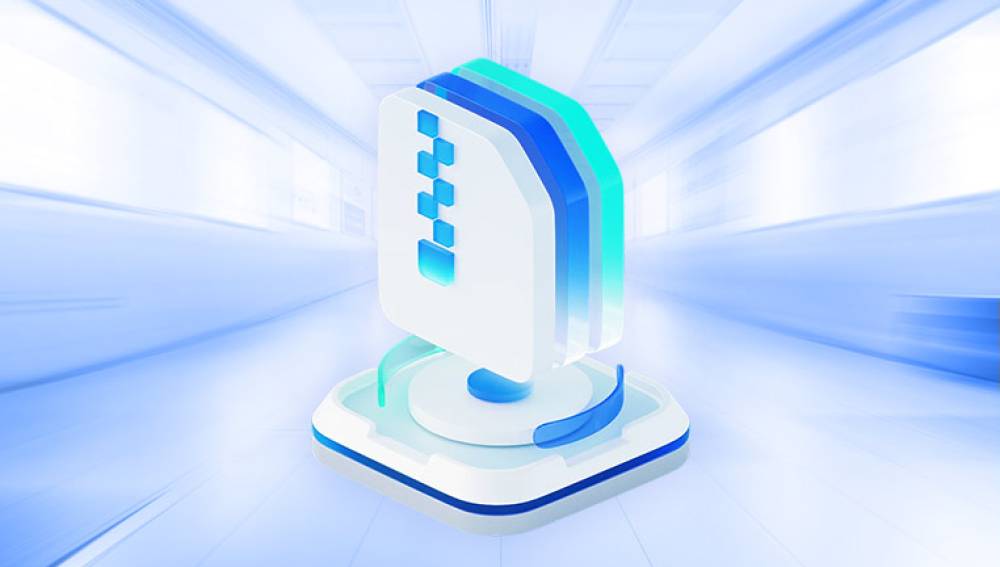When your Mac is showing "Insufficient disk space," it means your storage drive is nearly full and there's not enough space to perform tasks or save new data.
1. Empty the Trash
Right-click the Trash icon in the Dock.
Select "Empty Trash."
2. Delete Unnecessary Files
Go through your Downloads, Documents, and Desktop folders and delete files you no longer need.

3. Use Storage Management
Click the Apple logo in the top-left corner.
Select "About This Mac."
Go to the "Storage" tab and click "Manage."
Follow the recommendations provided, such as storing files in iCloud, optimizing storage, and emptying the Trash automatically.
4. Remove Large Files
Use Finder to locate large files:
Open Finder and click "All My Files."
Sort by size to find and delete large files.
5. Uninstall Unused Applications
Open Finder.
Go to the "Applications" folder.
Drag unused applications to the Trash and empty it.
6. Clear Cache Files
Open Finder.
Click "Go" in the menu bar and select "Go to Folder."
Type ~/Library/Caches and press Enter.
Delete the contents of the folder (you can do the same for /Library/Caches).
7. Delete iOS Backups
Open Finder.
Click "Go" in the menu bar and select "Go to Folder."
Type ~/Library/Application Support/MobileSync/Backup and press Enter.
Delete old iOS backups.
8. Remove Duplicate Files
Use a third-party app like Gemini or CleanMyMac to find and delete duplicate files.
9. Move Files to External Storage
Transfer large files, such as videos or photos, to an external hard drive or a cloud storage service.
10. Manage Mail Attachments
Open Mail.
Go to Mailbox > Rebuild to free up space taken by mail attachments.
11. Delete Old iTunes Backups
Open Finder.
Go to the Music folder and delete unnecessary iTunes backups.
12. Clear Downloads Folder
Open Finder.
Go to the Downloads folder and delete files you no longer need.
13. Disable Hibernation Mode (if applicable)
Open Terminal.
Type sudo pmset -a hibernatemode 0 and press Enter.
14. Check Disk Usage with Disk Utility
Open Disk Utility (found in Applications > Utilities).
Check your disk usage and identify what is taking up space.
15. Reduce System Storage
Open Finder.
Click "Go" in the menu bar and select "Go to Folder."
Type /System/Library/Caches and press Enter.
Delete unnecessary files, but be cautious not to delete important system files.
16. Optimize Photos Storage
Open the Photos app.
Go to Photos > Preferences.
Select "Optimize Mac Storage."
By following these steps, you can free up significant space on your Mac, allowing it to function more efficiently.




